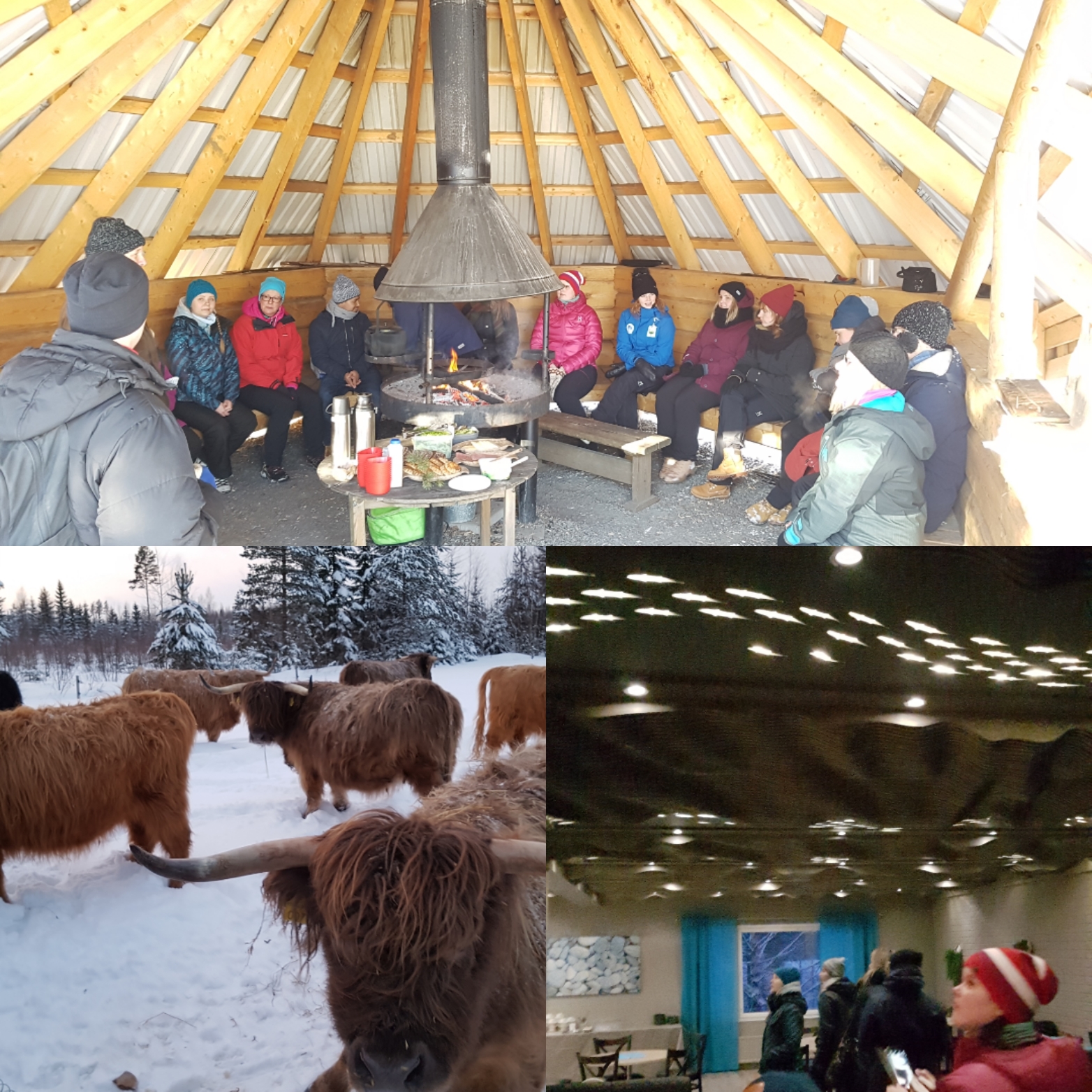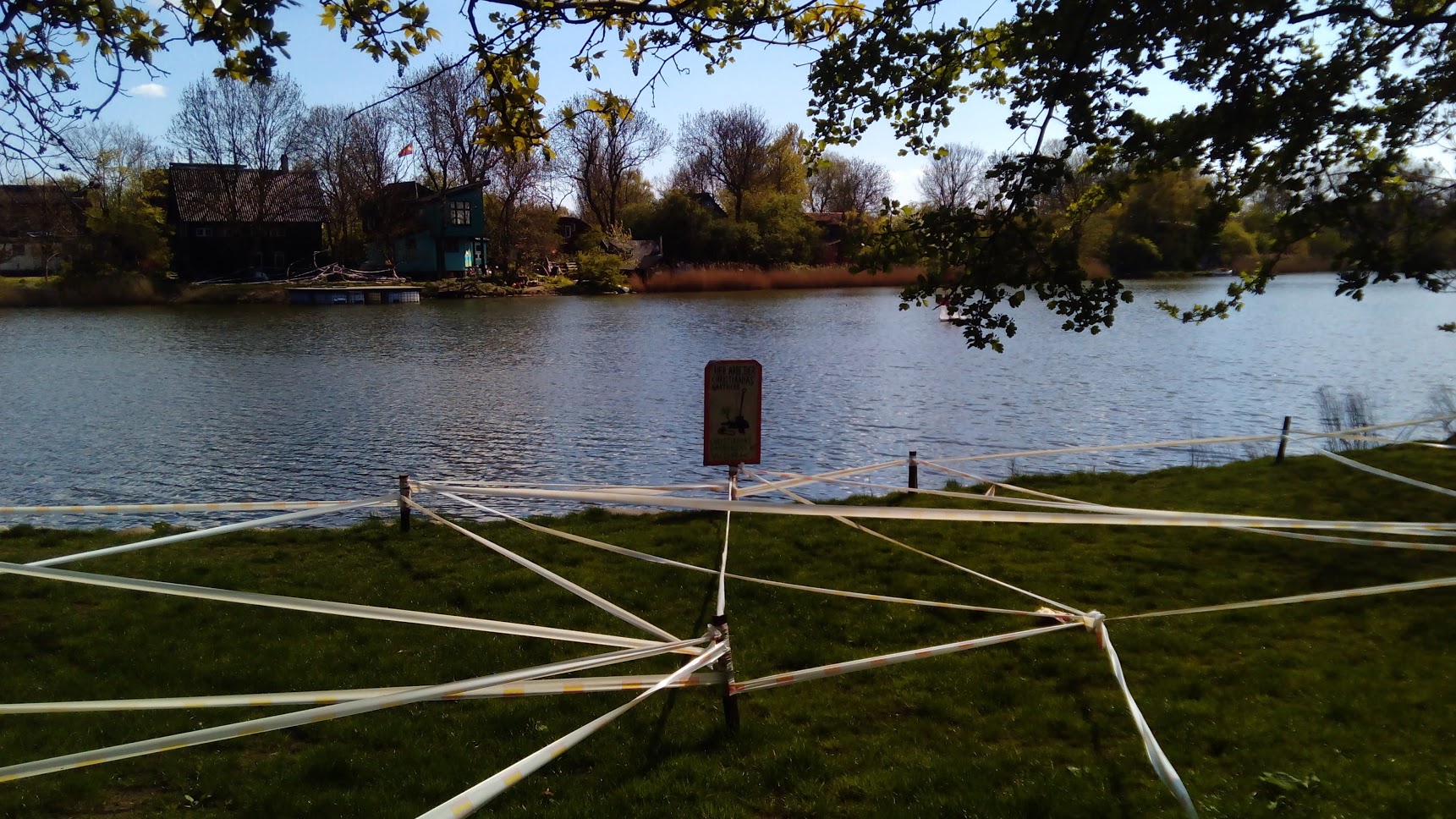
TMM developing tourism business at Etelä-Konnevesi region
Our International Master’s Degree Programme in Tourism Marketing and Management (TMM) has started a collaboration with municipalities of Konnevesi and Rautalampi and tourism stakeholders in the region. The concrete first step in this collaboration was a two-day workshop on developing nature tourism in the Etelä-Konnevesi region, organized in Konnevesi research station 14.-15.3.2018. Together with Anne […]
How to promote a tourism destination online in international markets
“Summary: Plan, use different online tools to analyze, make things easy for others and Care!” Like every other business, there are some strategies to follow while promoting a tourism destination online in a foreign country to attract tourists. In this post, I present some ideas how a tourism destination should be marketed for international audiences. […]

From Marketing Strategy to Values Strategy
Having been processing the concept of marketing strategy during the ongoing autumn due to our course on destination marketing, the concept of strategy has been wandering in my mind. What does it actually mean and how important is it for a (tourism) company? Applying the concept of strategy In his book Valonöörin käsikirja (A lightneer’s […]